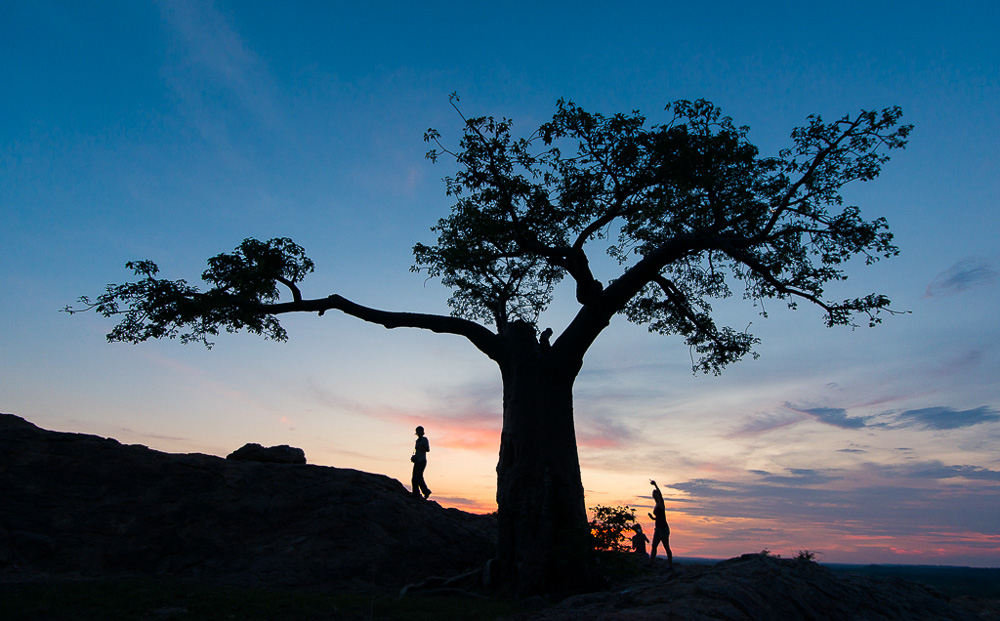My Favourite Safari Destination
Date 2024/04/11 08:56:03 by Darren Donovan
As a safari guide, I've had the pleasure of visiting many amazing places through my travels. One question I'm often asked is, "What's your favorite destination?" It's a tempting question to answer quickly, but the truth is, there's no simple answer. Each location has its own special moments that make the experience truly incredible.
I believe a better approach to answering the question would be to break it down by the time of year. With that in mind, let me share my favorite destinations throughout the year.
January - March
The mega herd of wildebeest temporarily halts its constant movement and settles on the nutrient-abundant plains in the southern Serengeti for a few months. This respite serves two primary purposes: it is the location where the herd gives birth, and at the peak of the calving season, up to 8,000 wildebeest calves are born per day, creating a remarkable spectacle. Additionally, this period is marked by various interspecies interactions and predator activity, making it a must-visit destination for any wildlife fanatic, particularly for wildlife photography enthusiasts.
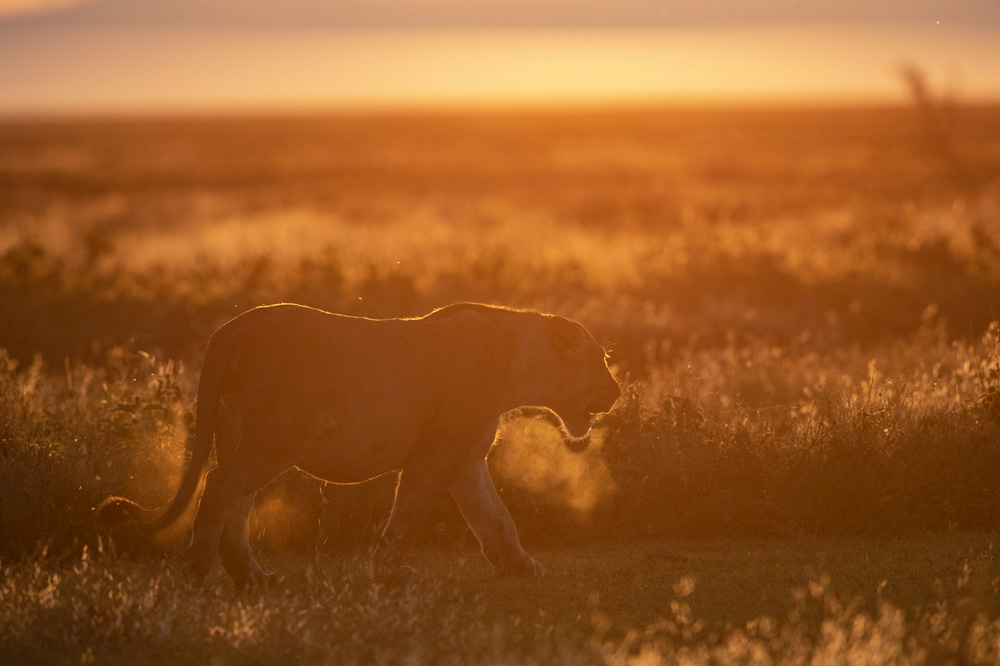
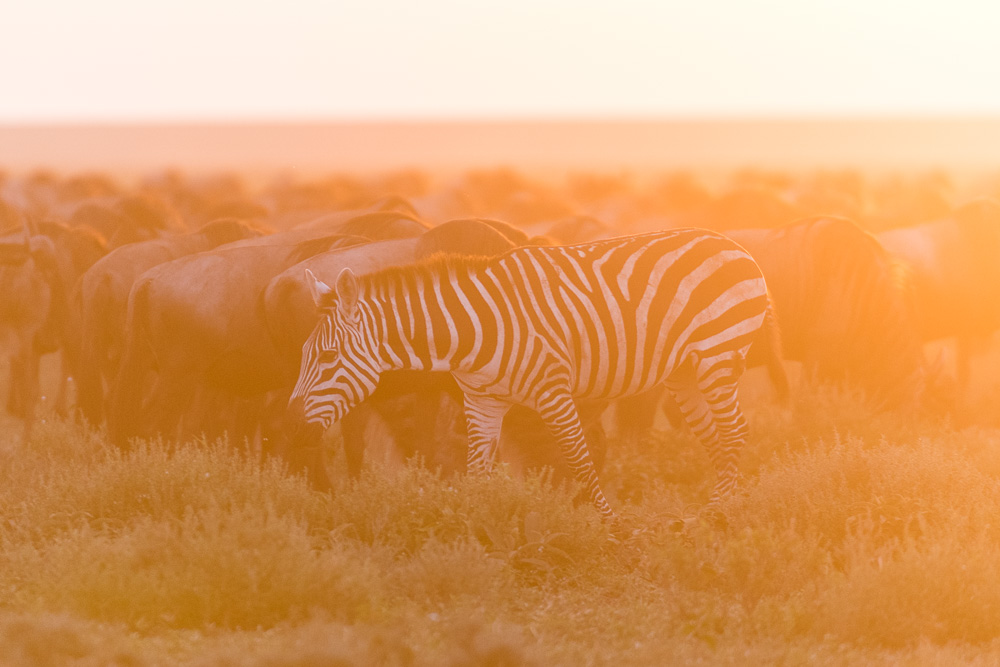
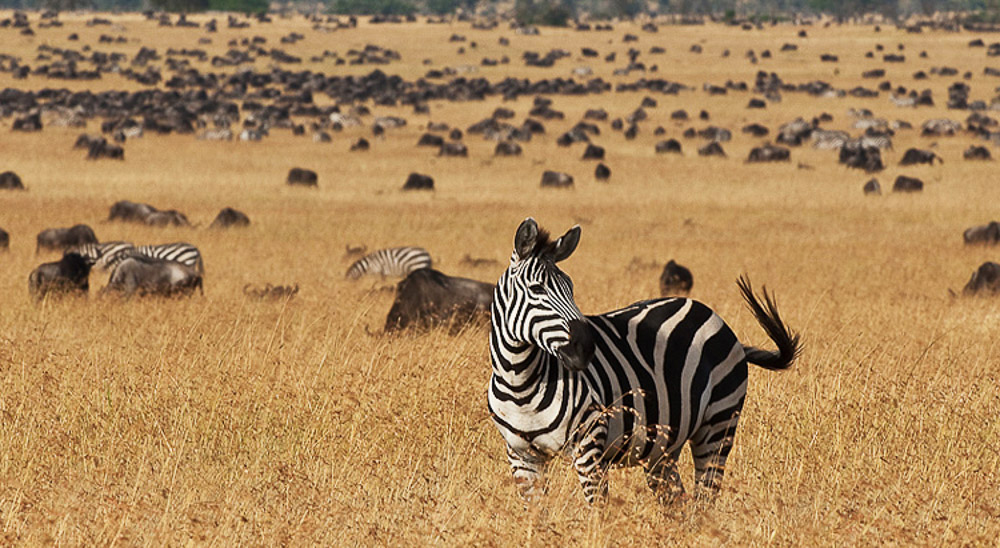
Images by: Shem Compion
April - May
This is a remarkable time of year in southern Africa, as the rainy season draws to a close, the arid semi-desert landscape is at its most visually stunning during this transitional period. The rains have ended, leaving ample moisture in the environment, yet the skies are clear, bathing the scene in gorgeous light. Daytime temperatures have also dropped significantly from a couple of months prior, adding to the overall comfort level. Remnants of the rainy season can still be seen, with flowers adorning the dunes and pockets of greenery persisting. The wildlife remains drawn to the fossil river beds, ensuring optimal viewing opportunities. For photographers, the Kgalagadi offers clean, uncluttered backgrounds and foregrounds, as well as a well-established reputation as a prime location for observing predators, particularly cheetahs and lions in a desert-like landscape.
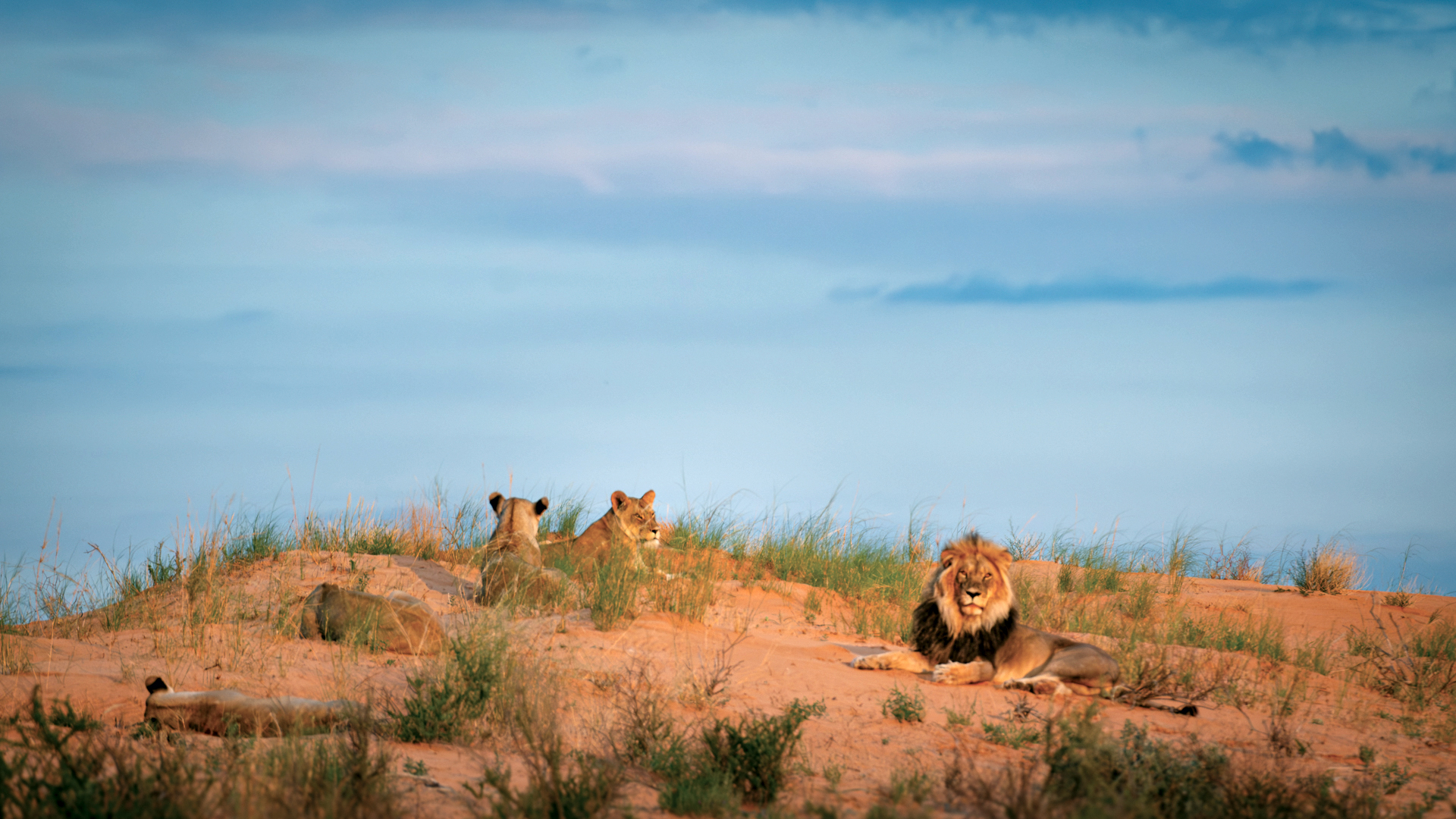
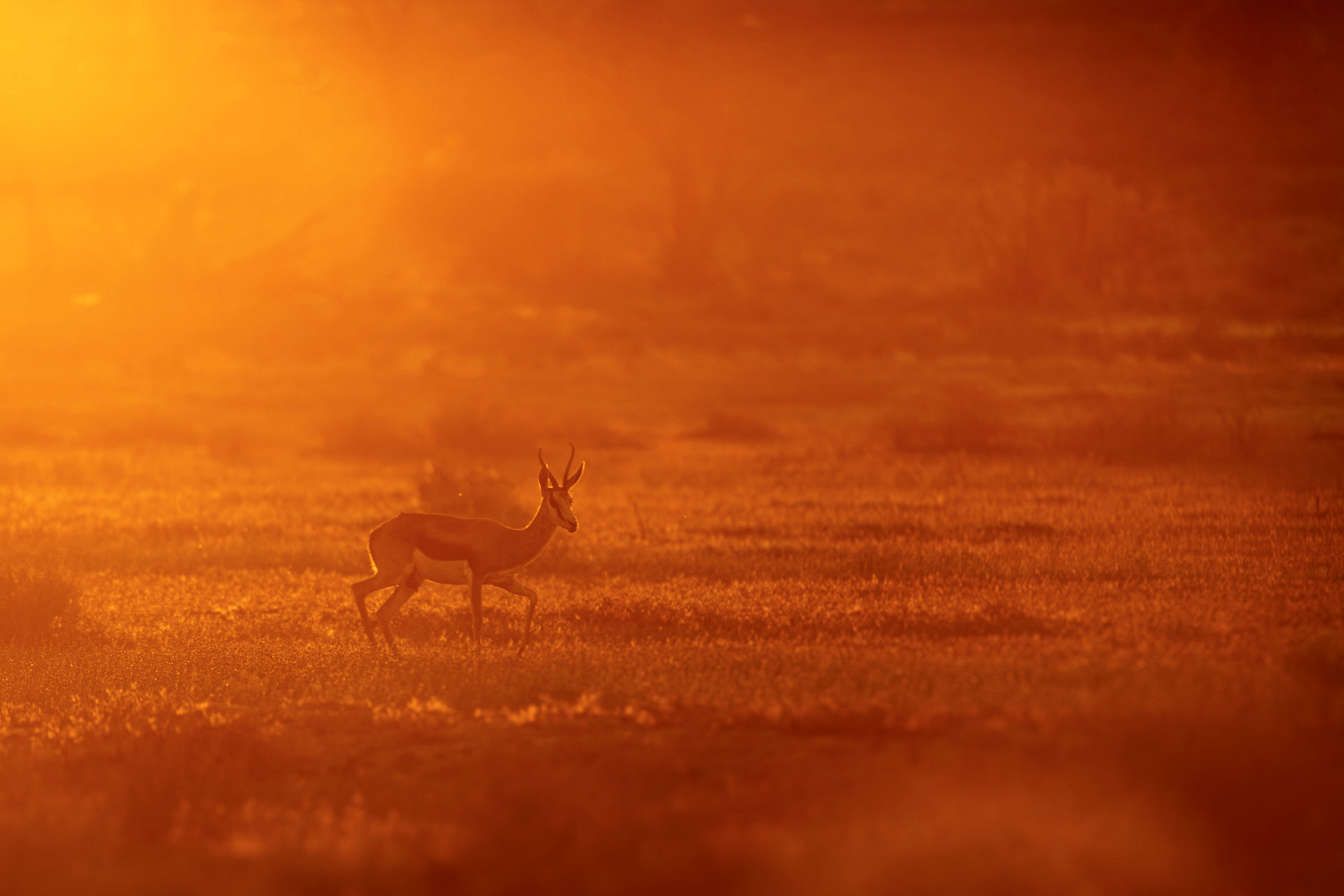
June - July
Mashatu is likely my preferred location for observing predators, particularly leopards. During the June/July dry season, prey animals tend to congregate around the dry riverbeds, where the predators also spend a significant portion of their time. Mashatu also provides excellent backdrops and foregrounds for photography. The standout feature, however, is the Matebole hide, which is particularly productive at this time of year. Elephants are a prominent feature, but the predators also make regular appearances.
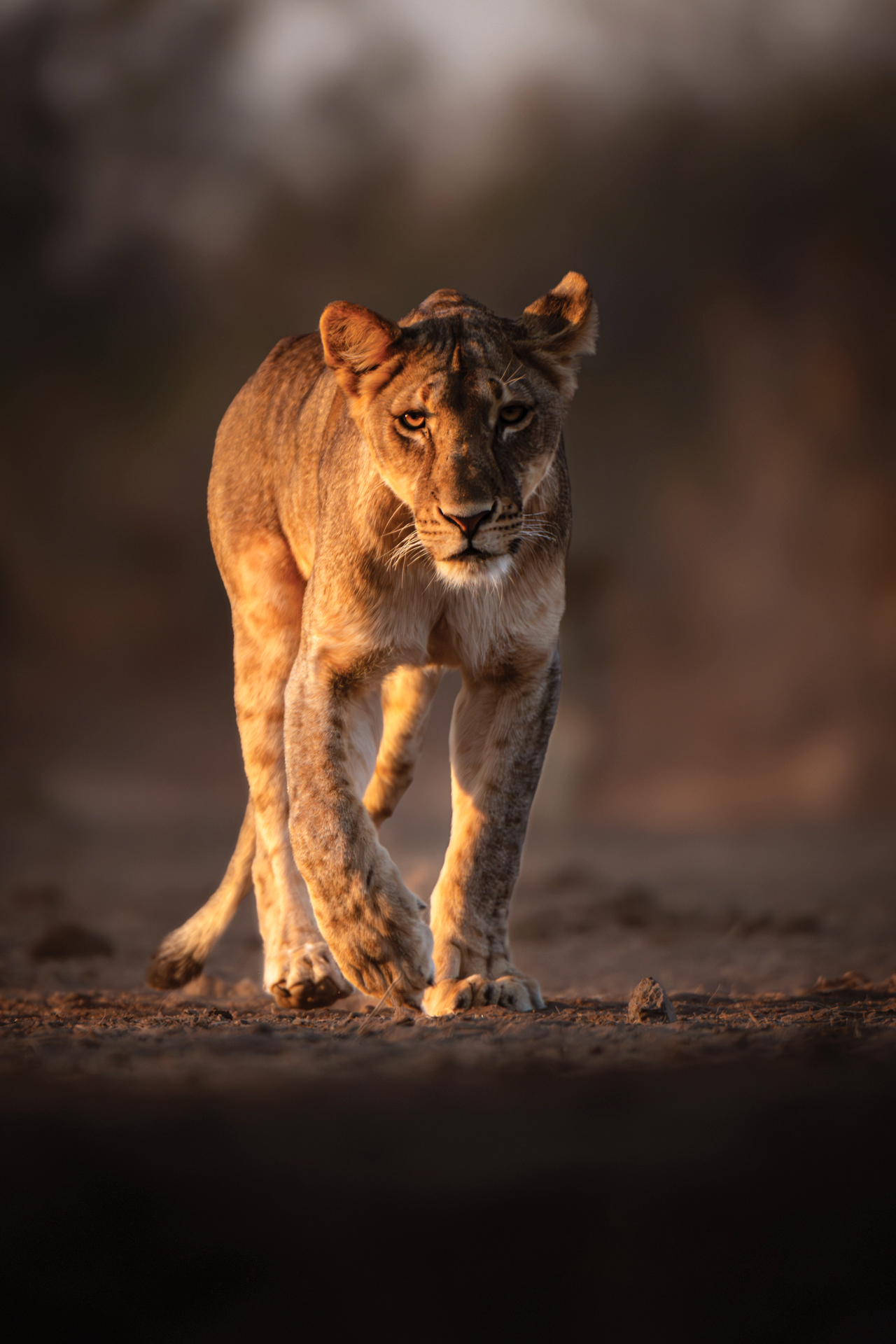
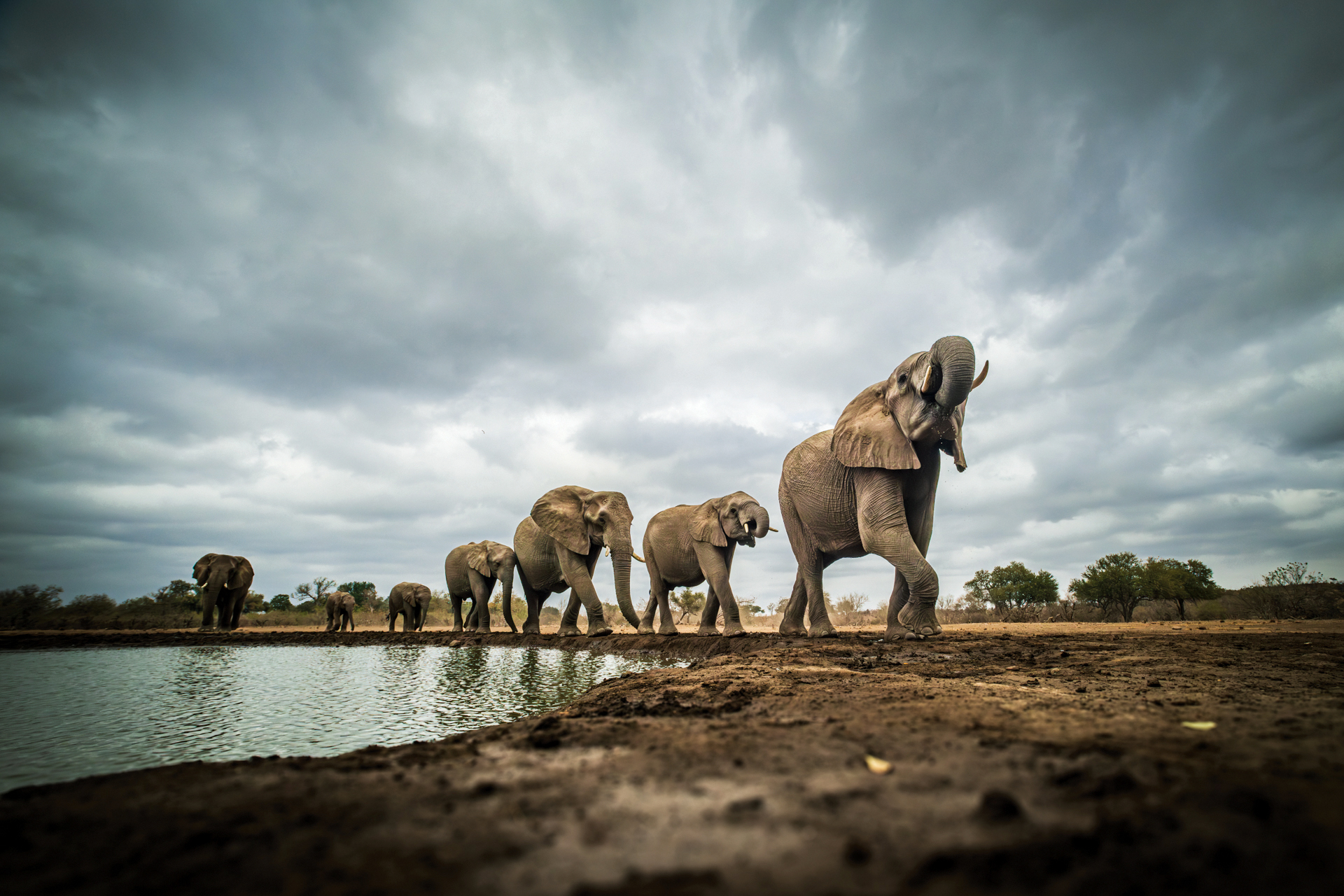
August - September
During the peak of the southern African dry season, the largest river in the subregion experiences drying conditions inland, causing wildlife to congregate closer to the river. This presents an exceptional opportunity for photography, particularly of elephants, hippopotamuses, and a variety of bird species. The sunsets along the Chobe River are also truly breathtaking at this time of year. This period is likely the best time and place for photographing elephants in Africa.
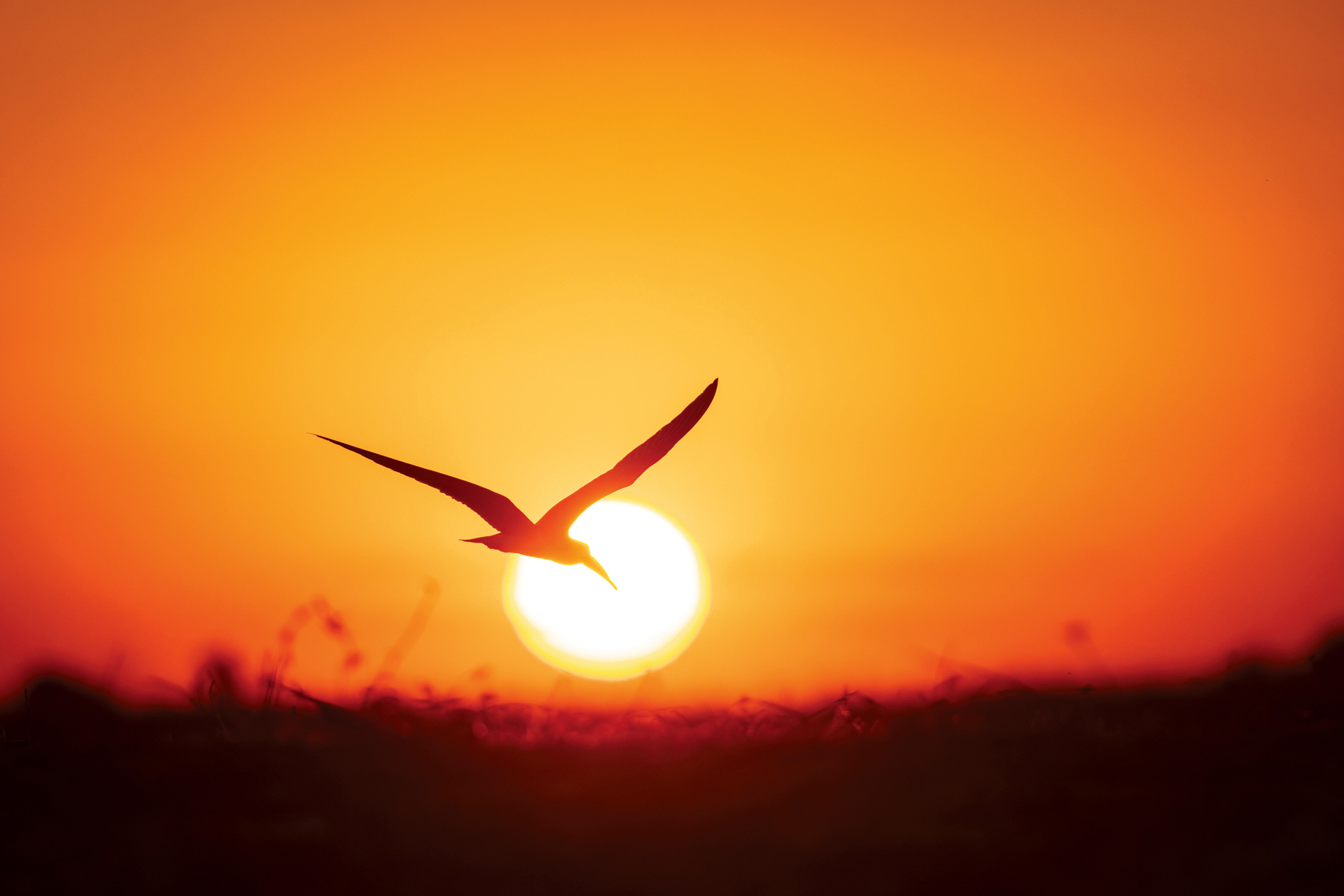
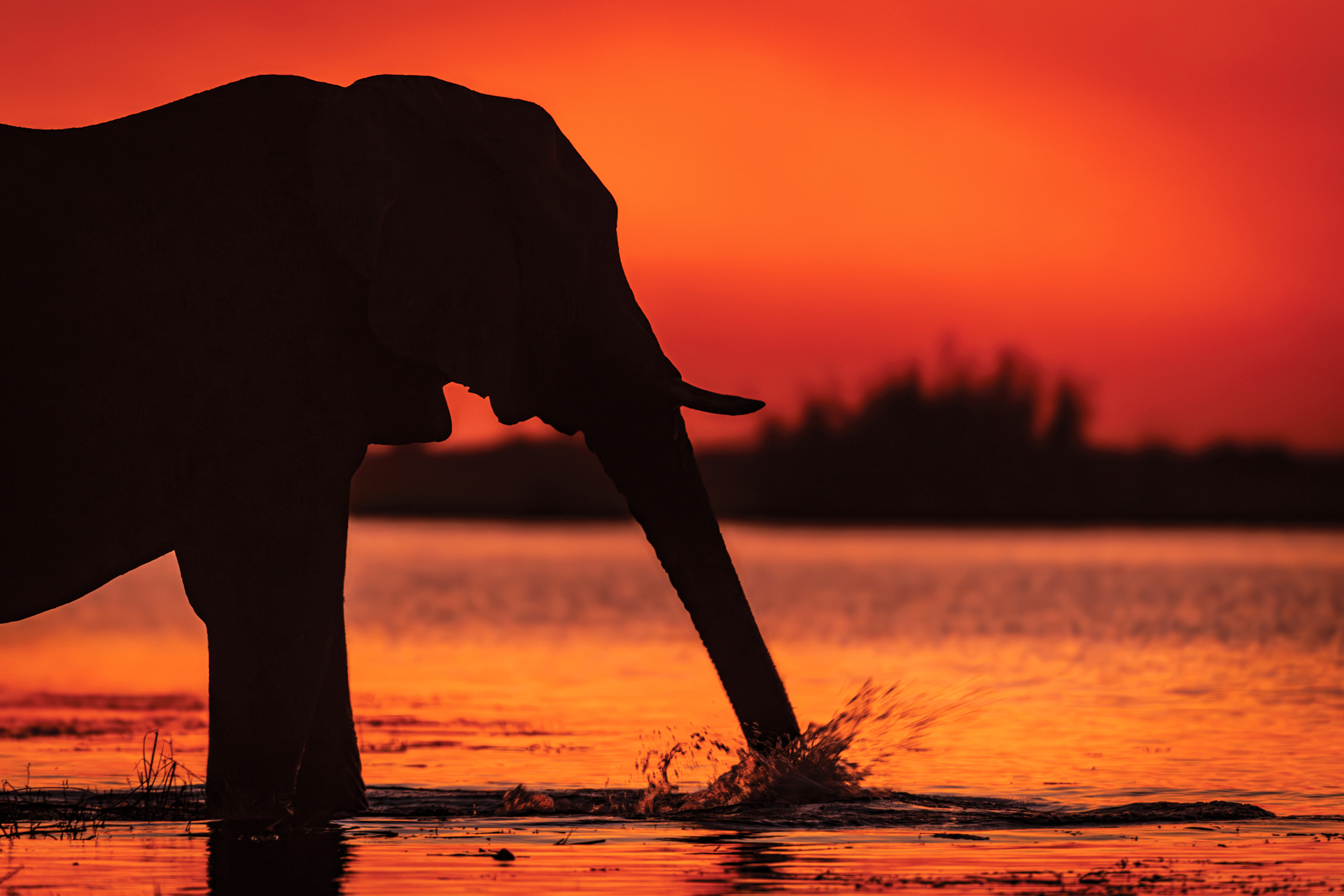
October - November
The southwestern regions of Uganda offer some of the most distinctive locations for a photographic safari in Africa. The focus is primarily on the great apes and other primates, as Uganda boasts the highest primate diversity on the continent. This unique safari experience is centered around the Kibale and Bwindi Impenetrable Forest. The short rainy season in East Africa, typically during October and November, brings brief but intense afternoon thunderstorms. This cloud cover helps to soften the intense light that filters through the forest clearings. Photographing the great apes is best done in the dim, humid lighting of the forests, and the conditions during the October-November period are optimal for a Ugandan primate safari.
This is really the best way that I can answer this question.
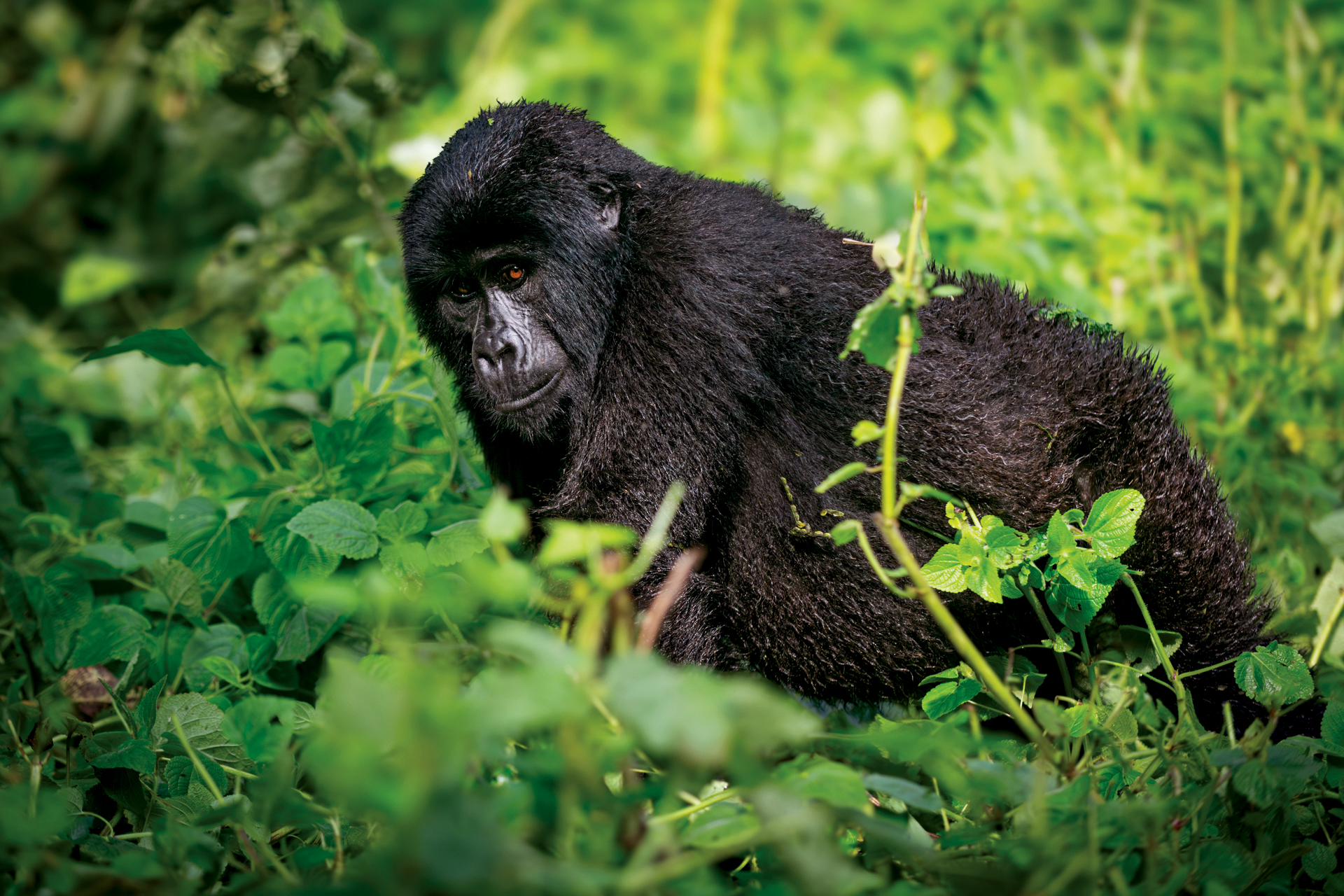
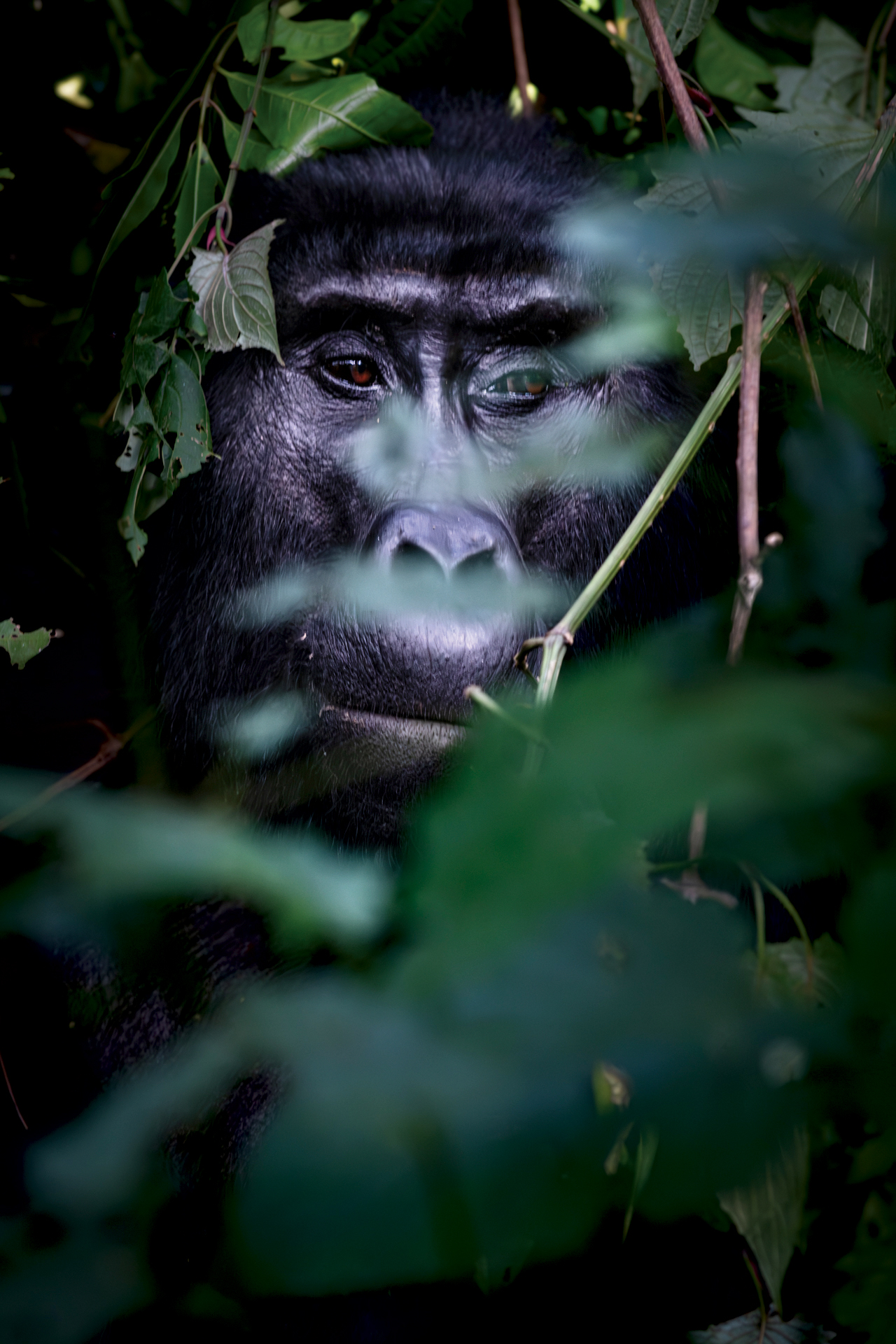
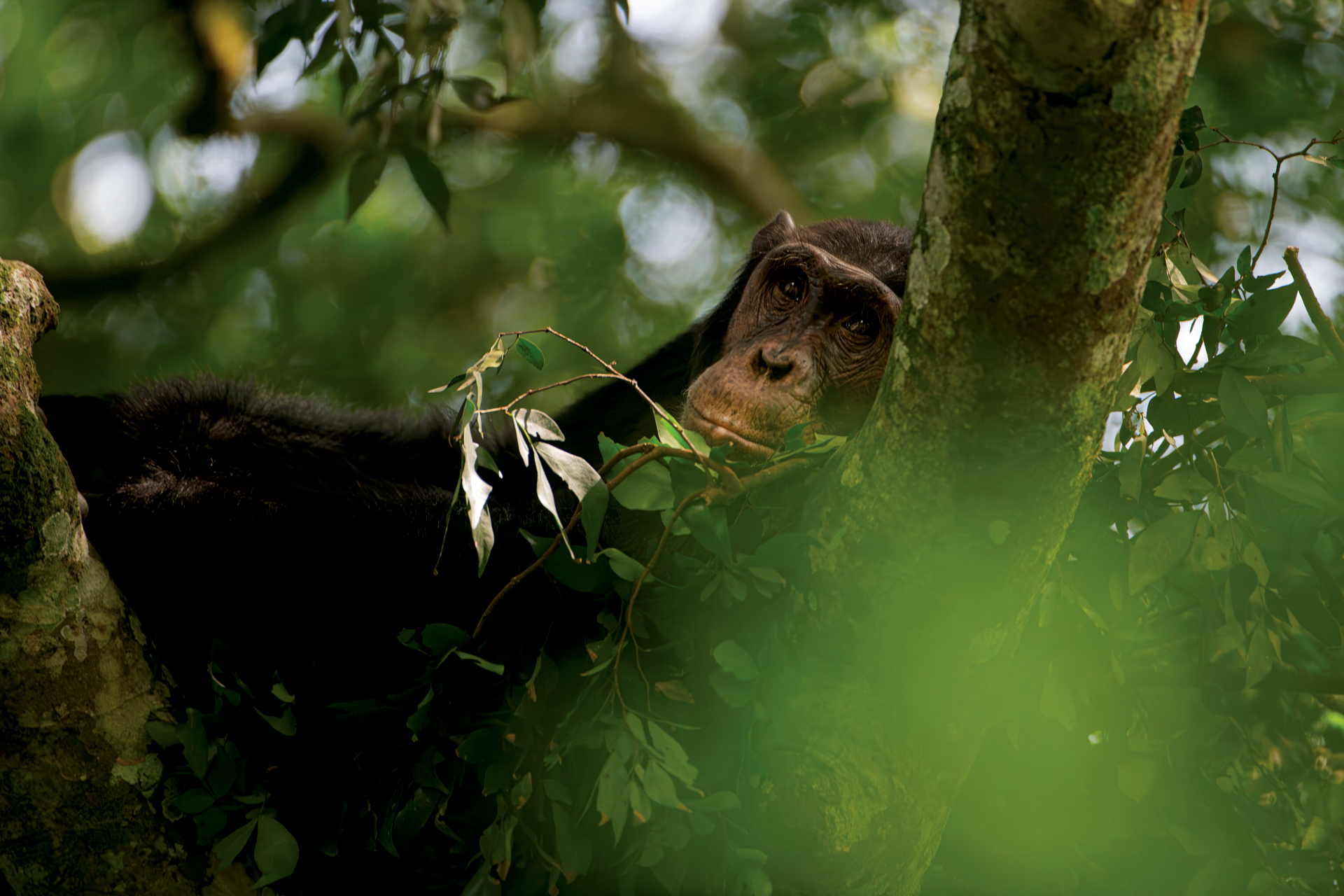
Images & Blog by Darren Donovan

